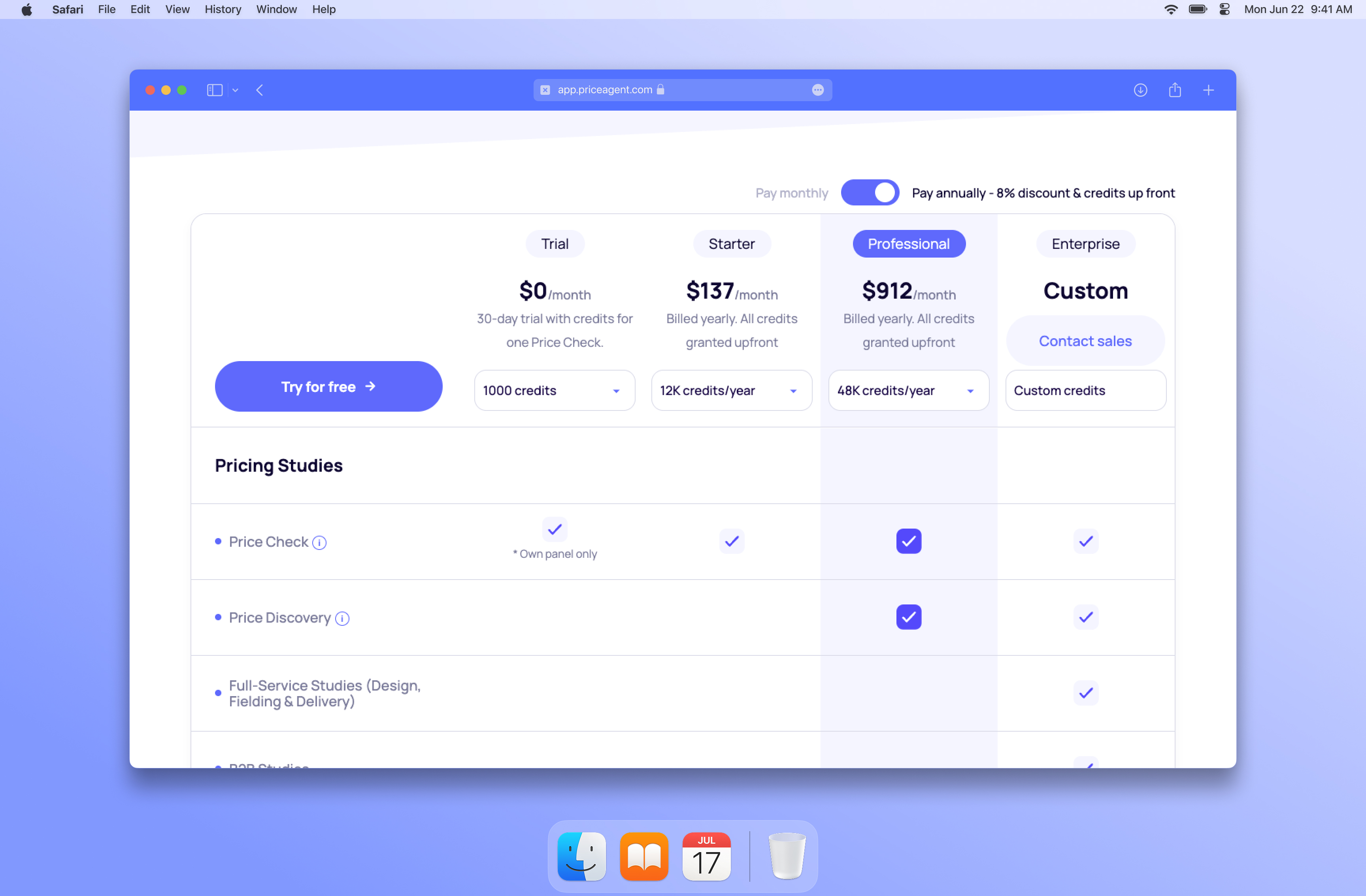The Power of Data: Tools and Techniques for Effective Competitive Pricing
Discover essential tools and techniques for effective competitive pricing. Learn how

Summarize article with AI
In today's fiercely competitive business environment, where customer expectations are ever-evolving,strategic pricing is no longer an option; it's a necessity. But how do you navigate the complex landscape of competitor pricing and ensure your offerings remain attractive to customers while maximizing profits? This article equips you with the essentialtools and techniquesforeffective competitive pricing.
Why Master Competitive Pricing?
Move beyond guesswork and embrace a data-driven approach to pricing. Here's how effective competitive pricing benefits your business:
Informed Decisions: Base your pricing strategy on real-time market data and competitor insights, not gut feeling.
Increased Market Share: Attract new customers and retain existing ones by offering competitive prices that align with their expectations.
Maximized Profitability: Strike the perfect balance between competitive pricing and healthy profit margins.
Improved Efficiency: Streamline pricing processes with technology and data-driven insights.
Enhanced Brand Positioning: Communicate your value proposition effectively through strategic pricing decisions.
Building Your Competitive Pricing Toolkit: Essential Tools and Techniques
Market Research: Conduct thorough market research to understand your target audience, their pricing expectations, and the overall market landscape. Surveys, focus groups, and competitor analysis are all valuable tools.
Competitor Analysis: Dig into competitor pricing strategies. Utilize online tools to monitor competitor pricing fluctuations and identify trends in their product offerings.
Price Elasticity Analysis: Understand how customer demand reacts to price changes. This helps you determine the impact of potential price adjustments on your sales volume and revenue.
Demand Forecasting: Utilize forecasting tools and historical data to predict future demand for your products or services. This allows you to adjust prices based on anticipated market shifts such as seasonal trends or product launches.
Cost Analysis: Maintain a clear understanding of your production costs to ensure your pricing strategy allows for healthy profit margins at different price points. Factor in materials, labor, and overhead expenses.
Unlocking the Power of Technology: Data-Driven Pricing Solutions
The modern business landscape offers a wealth of technological tools to empower your competitive pricing strategy:
Price Monitoring Tools: Leverage AI-powered price monitoring tools to automatically track competitor pricing fluctuations and gain real-time insights into their strategies. Stay informed and react quickly to pricing changes.
Price Optimization Software: Utilize software solutions that analyze a multitude of factors, including competitor pricing, demand data, and cost structure. These tools recommend optimal pricing strategies for different products or customer segments, taking the guesswork out of pricing decisions.
Data Analytics Platforms: Employ data analytics platforms to analyze large datasets and identify customer behavior patterns and pricing trends. This allows you to tailor your pricing strategy to better resonate with your target audience.
Developing Your Winning Competitive Pricing Strategy
Here's how to translate tools and data into an actionable pricing strategy:
Define Your Value Proposition: Clearly communicate the unique value your offerings deliver to differentiate yourself from competitors. What problem do you solve? What benefit do you provide?
Consider Cost Structure: Understand your cost structure to ensure your pricing strategy allows for healthy profit margins. Don't undervalue your offerings.
Analyze Customer Perception: Conduct surveys and market research to understand how customers perceive your brand and pricing compared to competitors. This helps you identify any gaps and adjust accordingly.
Monitor Market Trends: Stay informed about industry trends, customer behavior shifts, and potential disruptions that could impact pricing. Be prepared to adapt to changing dynamics.
Adapt and Experiment: Don't be afraid to adapt your pricing strategy as market conditions and competitor behavior change. Utilize A/B testing to experiment with different pricing strategies and see what resonates best with your target audience.
The Rewards of Effective Competitive Pricing
By implementing a data-driven competitive pricing strategy, you reap a multitude of benefits:
Increased Revenue and Profitability: Attract and retain customers with competitive pricing strategies without sacrificing profitability.
Enhanced Brand Reputation: Establish yourself as a leader in your industry by offering fair and competitive pricing. Customers appreciate transparency and value.
Improved Customer Satisfaction: Offer customers value for their money, fostering loyalty and repeat business.
Data-Driven Decision Making: Move beyond intuition and rely on data-driven insights to inform your pricing strategies for long-term success.
Strategic Flexibility: Adapt your pricing strategy quickly and effectively to respond to market changes and competitor actions. Stay agile and competitive.
Be Better At Pricing
Don't settle for generic pricing strategies. By leveraging the tools and techniques outlined in this article, you can develop an effectivecompetitive pricing strategyand gain a strategic advantage in the marketplace. Remember,
Competitive pricing is an ongoing journey, not a one-time destination. Here are some additional tips to ensure your strategy remains effective:
Continuously Monitor the Market: Stay informed about industry trends, customer behavior shifts, and potential disruptions that could impact pricing. Utilize resources like industry publications, competitor websites, and customer feedback to gather insights.
Analyze Competitor Activity: Regularly monitor competitor pricing strategies and product offerings. Look for patterns in their pricing adjustments and identify opportunities to differentiate yourself.
Refine Your Strategy: As you gather data and gain insights from your pricing strategy, be prepared to adapt and refine it. Don't be afraid to experiment with different pricing models (e.g., subscription pricing, tiered pricing) to see what works best for your business and target audience.
Invest in Your Team: Equip your sales and marketing teams with the knowledge and tools they need to effectively communicate your value proposition and justify your pricing strategy to customers.
Embrace Transparency: Be transparent with your customers about your pricing structure and the value you deliver. Highlight the benefits customers receive for the price they pay.
Conclusion:
By embracing a data-driven approach to competitive pricing, you can unlock valuable insights into the competitive landscape, optimize your pricing strategies, and ensure your business thrives in the ever-evolving market. Remember, effective competitive pricing is a powerful tool that can help you achieve sustainable success and leave your competitors in the dust. Sign up for PriceAgent today.









